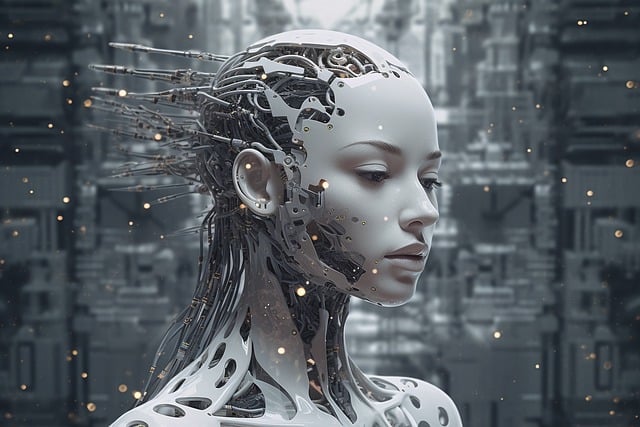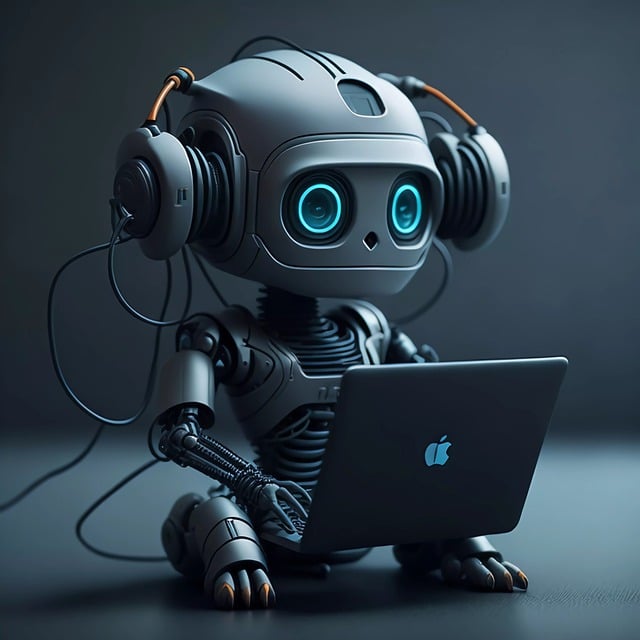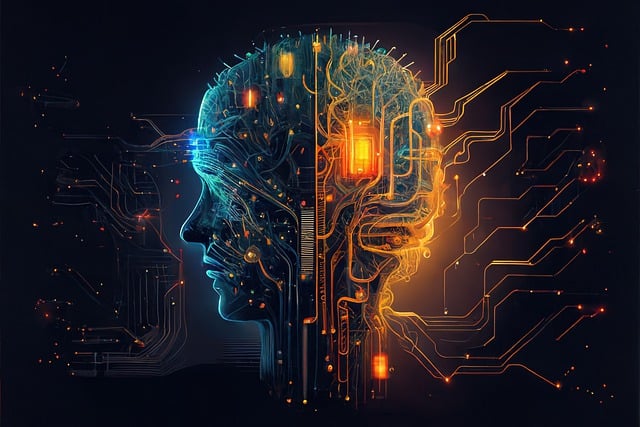AI is everywhere today, from the voice assistants on your phone to the recommendations you get on streaming platforms. This guide will help you understand what artificial intelligence is, how it works, and how it impacts our lives in a straightforward and easy-to-digest way.
What Is Artificial Intelligence?
Artificial Intelligence (AI) refers to computer systems designed to perform tasks that usually require human intelligence. These tasks include things like learning from experience, recognizing patterns, understanding language, and making decisions. In essence, AI aims to make machines smart enough to handle tasks that humans typically do.
Types of Artificial Intelligence
We can break down AI into different types based on its capabilities.
Narrow AI (Weak AI)
- What It Is: AI that is designed for a specific task or a set of tasks.
- Examples: virtual assistants like Siri and Alexa, email spam filters, and movie recommendation systems.
- How It Works: Operates within a limited range and doesn’t perform beyond its programming.
General AI (Strong AI)
- What It Is: A type of AI that can perform any intellectual task a human can do. This form of AI is more flexible and capable of understanding and learning across different areas.
- Examples: Currently theoretical—no real-world examples yet.
Artificial Superintelligence (ASI)
- What It Is: A hypothetical form of AI that would surpass human intelligence in all aspects, including creativity, problem-solving, and social interactions.
- Examples: Still speculative and does not exist today.
How Does AI Work?
AI relies on several key techniques to function. check this out!
Machine Learning (ML)
- What It Is: A method where computers learn from data and improve their performance over time without being explicitly programmed for each task.
- Techniques: Includes supervised learning (learning from labeled data), unsupervised learning (finding patterns in unlabeled data), and reinforcement learning (learning through trial and error).
- Example: Netflix’s recommendation system that suggests shows based on your viewing history.
Deep Learning

- What It Is: A type of machine learning that uses complex neural networks with many layers to process data.
- Applications: Used in tasks like recognizing speech and images.
- Example: Image recognition systems that can identify objects in pictures.
How AI Is Used Today
AI has a wide range of applications that affect our daily lives and various industries.
Healthcare
- Diagnostics: AI helps analyze medical images to detect diseases and conditions.
- Personalized Medicine: Tailors treatments based on individual health data.
- Example: AI systems that help doctors identify potential issues in X-rays and MRIs.
Finance
- Fraud Detection: Monitors transactions for signs of fraud.
- Algorithmic Trading: Uses AI to make investment decisions at high speeds.
- Example: Banks and financial institutions use AI to detect suspicious activities and prevent fraud.
Transportation
- Autonomous Vehicles: AI drives self-driving cars, helping them navigate and make decisions.
- Traffic Management: AI optimizes traffic flow and reduces congestion.
- Example: Tesla’s self-driving features that assist with driving tasks.
Customer Service
- Chatbots: AI-powered chatbots handle customer inquiries and provide support.
- Personalization: AI recommends products or services based on user preferences.
- Example: Online retailers use chatbots to assist customers and answer questions.
Entertainment
- Content Recommendation: AI suggests movies, music, and other content based on what you like.
- Content Creation: AI tools can create music, art, and more.
- Example: Streaming services like Netflix use AI to recommend shows based on your viewing history.
The Future of AI
The future of AI is both exciting and challenging. Here’s what to expect:
Advancements
- Increased Automation: More tasks and jobs will be automated, improving efficiency.
- Enhanced Personalization: AI will offer even more tailored experiences.
- Example: Future AI could provide highly personalized healthcare solutions.
Ethical Considerations
- Bias and Fairness: AI systems can reflect biases from their training data, making it important to address fairness.
- Privacy: AI’s data collection raises concerns about privacy.
- Example: Ensuring AI systems are designed to avoid discrimination and protect user data is crucial.
Job Impact
- Job Displacement: Some jobs may be replaced by automation, but new opportunities will also emerge.
- New Roles: AI will create new jobs in fields like data analysis and AI development.
- Example: The rise of AI may shift job markets and require new skills.
Regulation and Governance

- Policies: Developing rules and guidelines for AI use will be important for ethical implementation.
- Global Collaboration: International efforts will be needed to manage AI’s global impact.
- Example: Governments are working on policies to ensure AI benefits society while mitigating risks.
Tips for Engaging with AI
- Stay Updated: Keep learning about AI to understand its impacts and benefits.
- Know the Limits: Recognize that AI has its strengths and weaknesses.
- Protect Your Privacy: Be aware of how your data is used by AI systems.
- Embrace Learning: Enhance your skills to adapt to technological changes.
- Advocate for Ethics: Support the responsible and fair use of AI technologies.
Conclusion
Artificial Intelligence is a powerful tool that’s becoming a bigger part of our lives. By understanding the basics of AI, its applications, and its future potential, you can navigate the digital world more effectively. Embrace the advancements while staying mindful of ethical considerations and the impact on your daily life. AI is shaping the future, and staying informed will help you make the most of it.

















